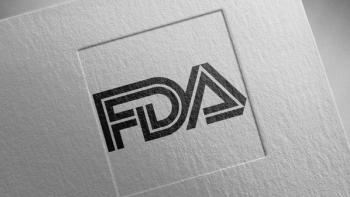
Holy Hypoglycemia!
Hypoglycemic episodes are uncomfortable, disruptive, and dangerous; 3 ways to help T2DM patients avoid and also correct them.
Picture this: you’re a patient living with diabetes. You are motoring along during your fast-paced day at work. After running some errands at the grocery store, you come home to savor some time with family when you start perspiring profusely. A shakiness envelops you just as suddenly, and you feel snappy. You recall what your physician had suggested, so you reach for your glucometer, and the digital display reads ominously what you’d dreaded: 58 mg/dL!
Hypoglycemia: It’s as scary and unpleasant for patients and their caregivers, as it is dangerous.
This certainly doesn’t have to be the case. So, how can you as a health care professional help? Here are some clinical pearls on how to avoid and address hypoglycemia.
1. First things first: Avoid those hypos in the first place - Advise patients to be aware of what to look for: symptoms that include diaphoresis, shakiness, irritability.
- Encourage patients to avoid skipping meals.
- Exercise caution when dosing insulin, particularly if the individual is on a fast-acting insulin, such as aspart. “Guesstimating” can spell trouble. I work with a patient who came in last year reporting multiple low self-monitored blood glucose (SMBG) readings. I discovered that he had been injecting 20 units or more of aspart before meals, without testing before he began eating. He would also adjust the dose without following a correction scale, adding or subtracting 10 or more units based on, you guessed it, guessing.
2. Apply the 15/15 ruleThe 1st 15: Correct a hypoglycemic reading with 15 g of carbohydrate-this could be 1/2 cup of fruit juice, a handful of raisins, a glucose tablet, or a tube of InstaGlucose gel.
The 2nd 15: Recheck the SMBG 15 minutes after correcting, as glucose may still be low, and would thus warrant another round of corrective carbohydrate.
3. Analyze and debrief - supportively
Take the time to review your patients’ SMBG logs with them. Encourage them to view this information as invaluable feedback-readings will reflect the impact of dietary and exercise choices, as well as medication adjustments. If the readings are not optimal, remind them that these are calls to action, and not cause for judgment or discouragement. This will only take a few minutes, but is worth so much more in terms of the patterns that you both can discern. Remember, the A1c by itself only gives you part of the picture.
Hypoglycemia can be a frightening experience and can challenge both patient and physician. But use these readings as a signal to help patients change, to move toward better glycemic control and toward living better with diabetes.
Newsletter
Enhance your clinical practice with the Patient Care newsletter, offering the latest evidence-based guidelines, diagnostic insights, and treatment strategies for primary care physicians.

































































































































































































































































































































